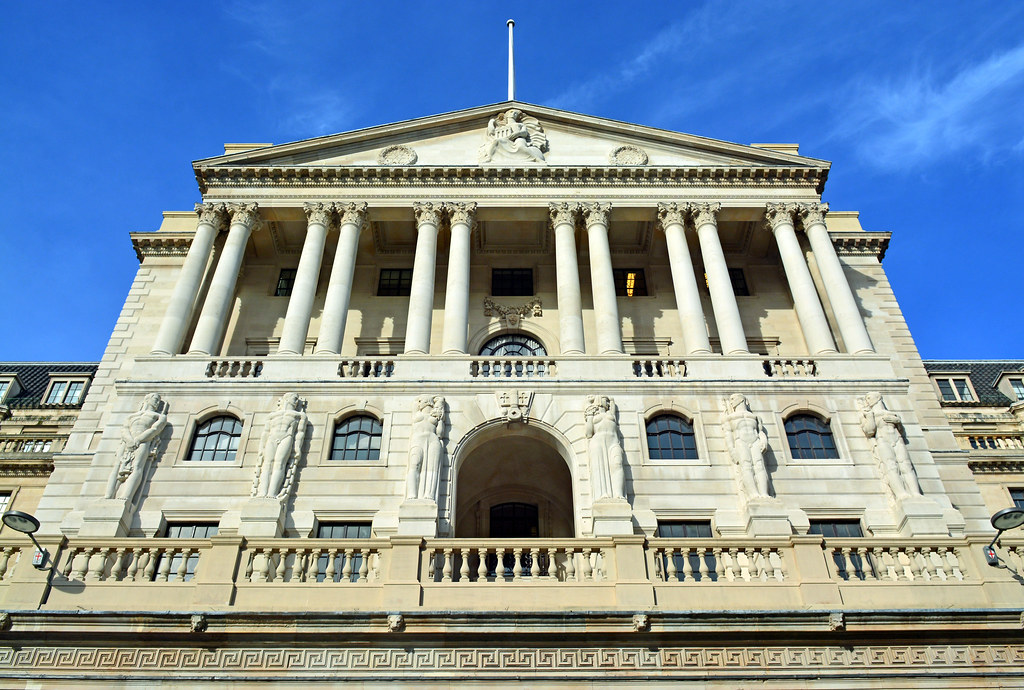Net mortgage debt borrowed by individuals across the UK fell to £4.1bn in April, down from £6.4bn in March, new Bank of England (BoE) figures have revealed.
The monthly total is slightly below the bank’s pre-pandemic average of £4.3bn in the 12 months up to February 2020.
According to the figures, gross lending increased slightly to £26.5bn in April from £26.2bn in March, while gross repayments increased to £21.5bn in April from £20.0bn in March.
Approvals for house purchases, which the BoE uses as an indicator of future borrowing, slipped to 66,000 in April from 69,500 in March. This figure is slightly below the 12-month pre-pandemic average up to February 2020 of 66,700.
Furthermore, approvals for remortgaging – which only capture remortgaging with a different lender – decreased to 47,800 in April, a figure that remains below the 12-month pre-pandemic average up to February 2020 of 49,500.
“We are starting to see a slowdown in what has been a busy housing market over the past couple of years,” commented LiveMore Capital CEO, Leon Diamond. “Nevertheless, there is still demand for housing and borrowers will want to secure their new home and mortgage before rates go up even higher, which is widely anticipated.
“Long-term fixed rate mortgages are the sensible way for people to go in this rising rate environment and many people are now considering fixing for 10 years. But there are also 20-year fixed rate and fixed for life options, which can give peace of mind knowing that your monthly repayment will never go up.”
Head of sales at Standard Life Home Finance, Kay Westgarth, added: “As the energy price cap is once again set to rise in October 2022, we might expect a gradual uptick in older borrowers exploring the later life finance market as an option to augment their income.
“Benefitting from the historical buoyancy of the market, older homeowners are in a strong position to consider using some of the equity tied up in their property to finance the comfortable retirement they deserve.
“When increases in living costs and spiralling inflation are already pinching savings and pension pots, the value of expert advice is clearer than ever. All advisers need to be speaking to their clients about their options to ensure that they take a holistic view of their assets.”
The BoE also released consumer credit figures, revealing that the UK borrowed an additional £1.4bn in consumer credit in April, on net, following £1.3-bn of borrowing in March. This is now the third consecutive month where borrowing has been higher than the 12-month pre-pandemic average up to February 2020, which stood at £1.0bn.
This borrowing of consumer credit in April was split between £700m on credit cards, and £700m through other forms of consumer credit, such as personal loans and car dealership finance.
Hargreaves Lansdown senior personal finance analyst, Sarah Coles, said: “Even before energy bills sapped the life out of our budgets, we were falling back on our credit cards more, and it was the third consecutive month when we racked up more card debt than before the pandemic.
“However, this isn’t a sign of huge and overwhelming debt. We’re still borrowing far less on our cards than before the pandemic. The rise in card spending was also lower than in both February and March, so this isn’t a horrifying figure.
“Instead, we can see risks starting to build. Anyone who is falling back on their card to make ends meet right now may not have an overwhelming card bill yet, but if they can’t cut their spending, there’s a real worry it could get out of hand in the coming months.”
Latest News
Perenna and the long-term fixed mortgage market

Content editor, Dan McGrath, spoke to head of product, proposition and distribution at Perenna, John Davison, to explore the long-term fixed mortgage market, the role that Perenna plays in this sector and the impact of the recent Autumn Budget
The role of the bridging market and technology usage in the industry
Content editor, Dan McGrath, sat down with chief operating officer at Black & White Bridging, Damien Druce, and head of development finance at Empire Global Finance, Pete Williams, to explore the role of the bridging sector, the role of AI across the industry and how the property market has fared in the Labour Government’s first year in office.
NEW BUILD IN FOCUS - NEW EPISODE OF THE MORTGAGE INSIDER PODCAST, OUT NOW

Figures from the National House-Building Council saw Q1 2025 register a 36% increase in new homes built across the UK compared with the same period last year, representing a striking development for the first-time buyer market. But with the higher cost of building, ongoing planning challenges and new and changing regulations, how sustainable is this growth? And what does it mean for brokers?
Does the North-South divide still exist in the UK housing market?

What do the most expensive parts of the country reveal about shifting demand? And why is the Manchester housing market now outperforming many southern counterparts?
In this episode of the Barclays Mortgage Insider Podcast, host Phil Spencer is joined by Lucian Cook, Head of Research at Savills, and Ross Jones, founder of Home Financial and Evolve Commercial Finance, to explore how regional trends are redefining the UK housing, mortgage and buy-to-let markets.
In this episode of the Barclays Mortgage Insider Podcast, host Phil Spencer is joined by Lucian Cook, Head of Research at Savills, and Ross Jones, founder of Home Financial and Evolve Commercial Finance, to explore how regional trends are redefining the UK housing, mortgage and buy-to-let markets.
© 2019 Perspective Publishing Privacy & Cookies










Recent Stories